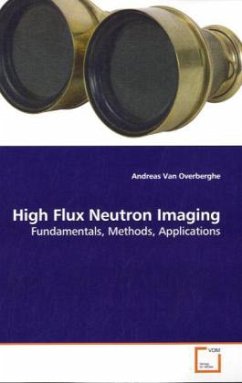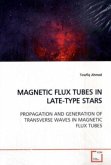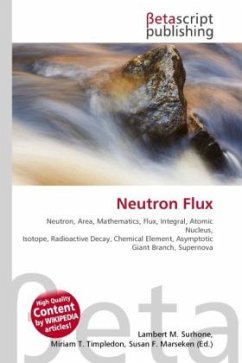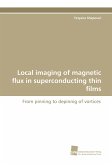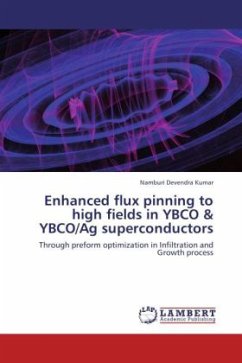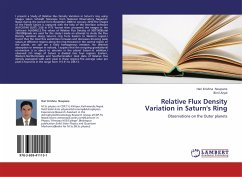This book deals with aspects and particularities of
neutron imaging
at high beam intensities. Nevertheless, it will also
be helpful for
the case of lower ones. Two main advantages of
exploiting a high
neutron flux are: short exposure times i.e. high
temporal resolution
and high dynamic range with the capability of
visualising even
strongly attenuating objects. However, also new
problems occur. On
the example of the neutron imaging instrument
Neutrograph, the
following issues are discussed: the special
instrument design with
enhanced shielding of the detector, the correction of
both
degradation of the neutron converter and fluctuations
in the CCD's
efficiency as well as specific techniques for
measuring in 2D and 3D
with either high temporal resolution or high dynamic
range. These
techniques are illustrated with examples from
investigations on heat
exchangers and combustion engines, parts from
aircrafts, fossils and
historical heritage.
neutron imaging
at high beam intensities. Nevertheless, it will also
be helpful for
the case of lower ones. Two main advantages of
exploiting a high
neutron flux are: short exposure times i.e. high
temporal resolution
and high dynamic range with the capability of
visualising even
strongly attenuating objects. However, also new
problems occur. On
the example of the neutron imaging instrument
Neutrograph, the
following issues are discussed: the special
instrument design with
enhanced shielding of the detector, the correction of
both
degradation of the neutron converter and fluctuations
in the CCD's
efficiency as well as specific techniques for
measuring in 2D and 3D
with either high temporal resolution or high dynamic
range. These
techniques are illustrated with examples from
investigations on heat
exchangers and combustion engines, parts from
aircrafts, fossils and
historical heritage.

